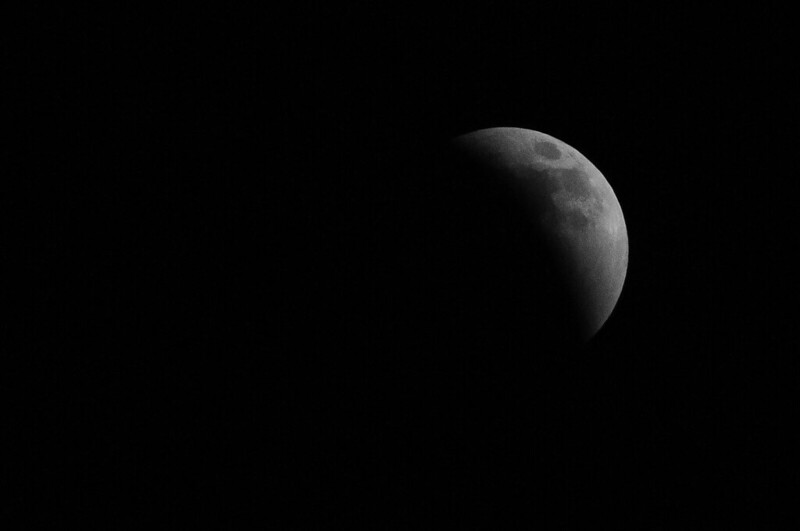Today we’re taking a new look at some old documents from monks who may have recorded more than they realized.
A lot of what we know about the Middle Ages comes from the writings of monks.
Not many people back then knew how to read or write, or had the time or resources to do it.
They wrote about human events, including births, deaths, battles, and what kings and queens were doing.
But they also kept track of what was going on in the skies.
They thought a blood-red moon would signify the beginning of the End Times, and if the end really was coming, they wanted to know.
The researchers found that monks had documented 51 total lunar eclipses between 1100 and 1300.
In five cases, they pointed out that the sky was really, really dark.
A researcher at the University of Geneva, Sébastien Guillet, decided to take another look at these old chronicles because – and this is what he actually said – he listened to Pink Floyd’s album The Dark Side of the Moon and he wondered whether these extremely dark lunar eclipses were actually not lunar eclipses.
Volcanic eruptions can send so much dust into the sky that it can seem like a lunar eclipse even when it isn’t.
So he and colleagues began studying ice core samples and tree rings, which can give us evidence of geological activity from centuries ago.
They were able to confirm several major eruptions that hadn’t been documented as eruptions.
And that furthered our understanding of the 12th and 13th Centuries as an unusually active period, geologically speaking.
Scientists actually refer to the centuries that followed this time as the “Little Ice Age,” and volcanic activity may have caused the long period of cooling.
The monks didn’t know any of this when they were making their observations of the moon, but here we are, all these centuries later, learning something new from them.
So, the lessons here: taking notes is usually good, and if you come up with a good idea while listening to Pink Floyd, run with it.
Welcome back, and happy Butter Day.
(That’s not to be confused with National Butter Day, which is in November.)
There’s a Butter Museum in Cork, Ireland, which was once the center of world butter trading.
Among its holdings, there’s a collection of classic butter wrappers and a wooden keg of butter from a thousand years ago, preserved in a bog.
Doesn’t that just butter your bread?
Medieval monks accidentally recorded some of history’s biggest volcanic eruptions (University of Cambridge)
Back us on Patreon to make an impact that will last for centuries (probably)

